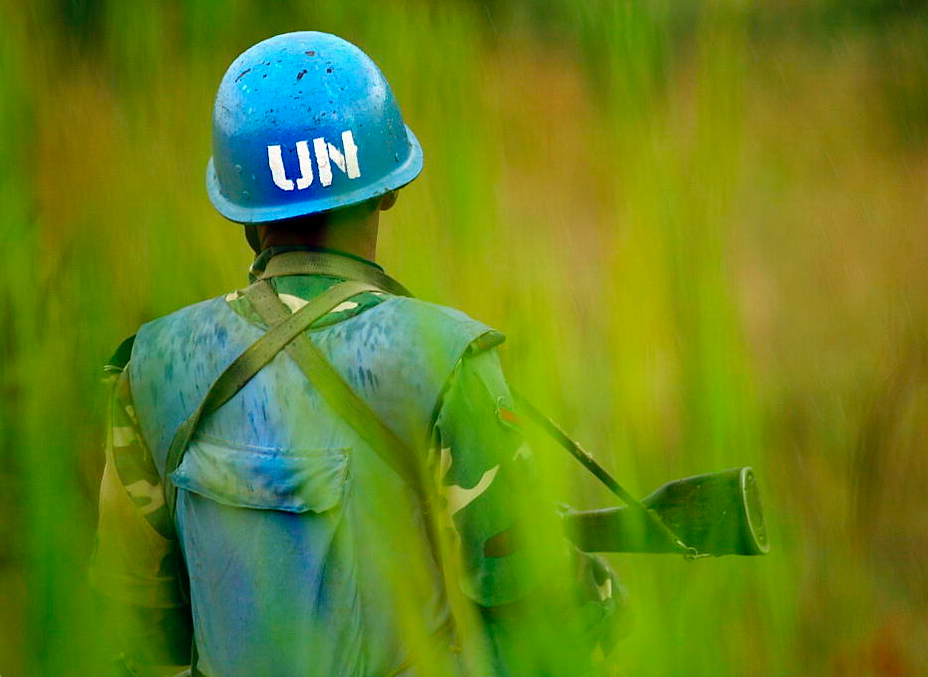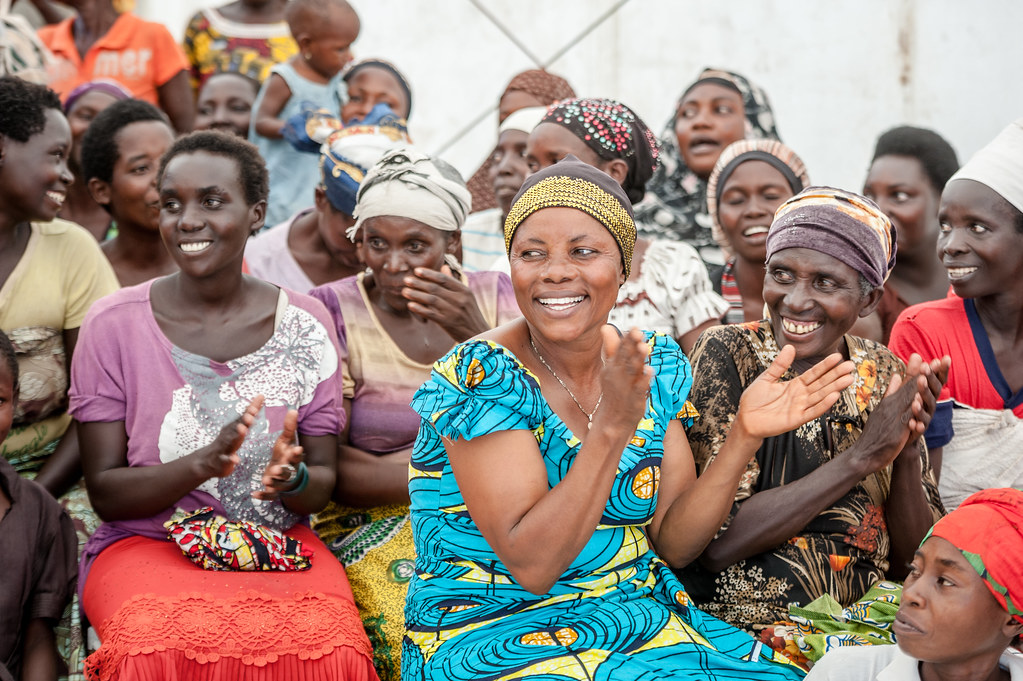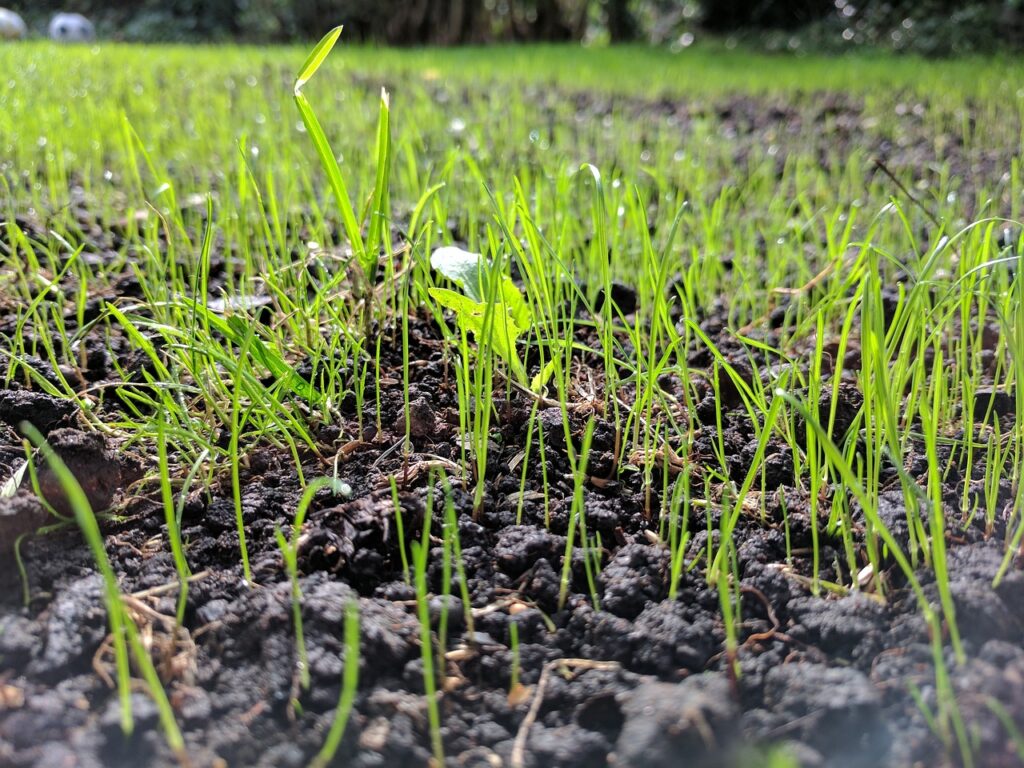Peace is a seemingly simple concept – but how would you define it? What does ‘everyday’ peace look like – especially for people living in conflict zones? Whom do you associate with peace-building? How does peace-building differ from conflict resolution? What does it take to build a lasting peace? And what kinds of peace-building should we particularly champion and support in future?
Hugh Kinsella Cunningham’s photography project on the women’s peace movement in Congo offers an opportunity to reflect on how we picture different kinds of peace-building. We have also been prompted by recent research on Visual Politics to think about the impact that photography – as a particularly pervasive and powerful communication medium – can have on the expectations we have and the kind of support we offer to different kinds of peace-builder. The blog posts below outline several aspects of peace-building that are relevant to the Democratic Republic of Congo. In ‘Peace Photography‘ we offer some brief reflections on the influence that images have on how we all understand and interact with the world, and how we might envision and contribute to peace-building ourselves; and Hugh Kinsella Cunningham reflects on his approach to peace photography.
Peace Photography
‘Photographing peace is far more difficult than photographing conflict. Peace-building is inexorably a slow process of dialogue, agreement, with repeated…
Top-down Peacebuilding
For much of the 20th century, ‘top-down’ peace-building dominated approaches to conflict resolution around the globe.* Characterised by peace conferences, the…
Women and Peacebuilding
In October 2000, the United Nations Security Council adopted a Landmark Resolution on Women, Peace and Security (UNSCR 1325). It expressed concern that civilians,…
Bottom-up Peacebuilding
In contrast to top-down peace-building, bottom-up (or ‘grassroots’) peace-building tends to be more informed by local knowledge and experience, more…



